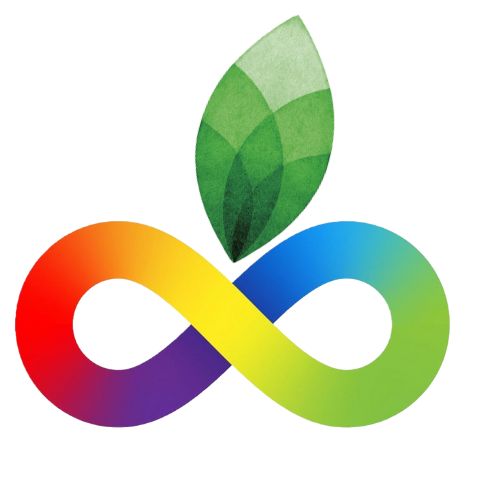What if one tiny thread could elevate your food, boost your mood, and connect you to centuries of tradition? That thread is saffron — a golden spice that has fascinated civilizations with its color, aroma, and profound health benefits. Often dubbed “red gold,” saffron is more than just a culinary indulgence; it’s a cultural treasure, a wellness powerhouse, and a symbol of luxury.
Let’s dive into the world of saffron, discovering its origin, benefits, uses, and why it deserves a permanent spot in your kitchen and wellness routine.
What Is Saffron?
Saffron is the dried stigma of the Crocus sativus flower, a purple blossom with only three red stigmas per flower. It takes approximately 75,000 blossoms to produce a single pound of saffron, which explains why it’s the most expensive spice in the world.
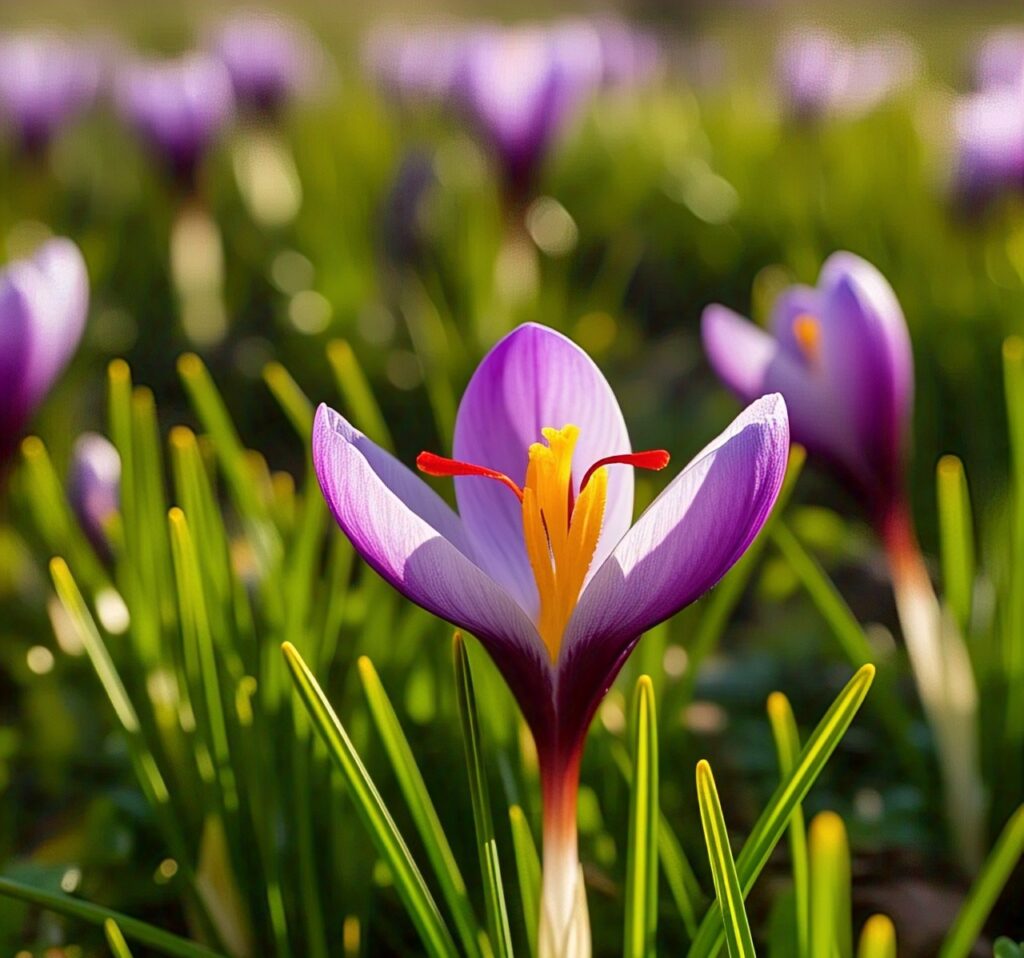
Cultivated primarily in Iran, Kashmir, and Spain, saffron is harvested by hand during the fall season and dried meticulously to preserve its vivid color and distinct aroma.
Saffron vs. Imitations: Spotting the Real Deal
With high value comes high imitation. Fake saffron often mimics the look but lacks the taste and aroma. Here’s how to distinguish the real from the fake:
| Feature | Real Saffron | Fake Saffron |
|---|---|---|
| Color | Deep red with orange tips | Uniformly red or yellow |
| Aroma | Earthy, floral, honey-like scent | Chemical or no scent |
| Taste (raw) | Slightly bitter and hay-like | Sweet or metallic |
| Water Test | Releases color slowly; threads stay intact | Quickly releases dye and disintegrates |
Health Benefits of Saffron: Backed by Science
Saffron isn’t just a feast for the senses — it has incredible health properties backed by modern research:
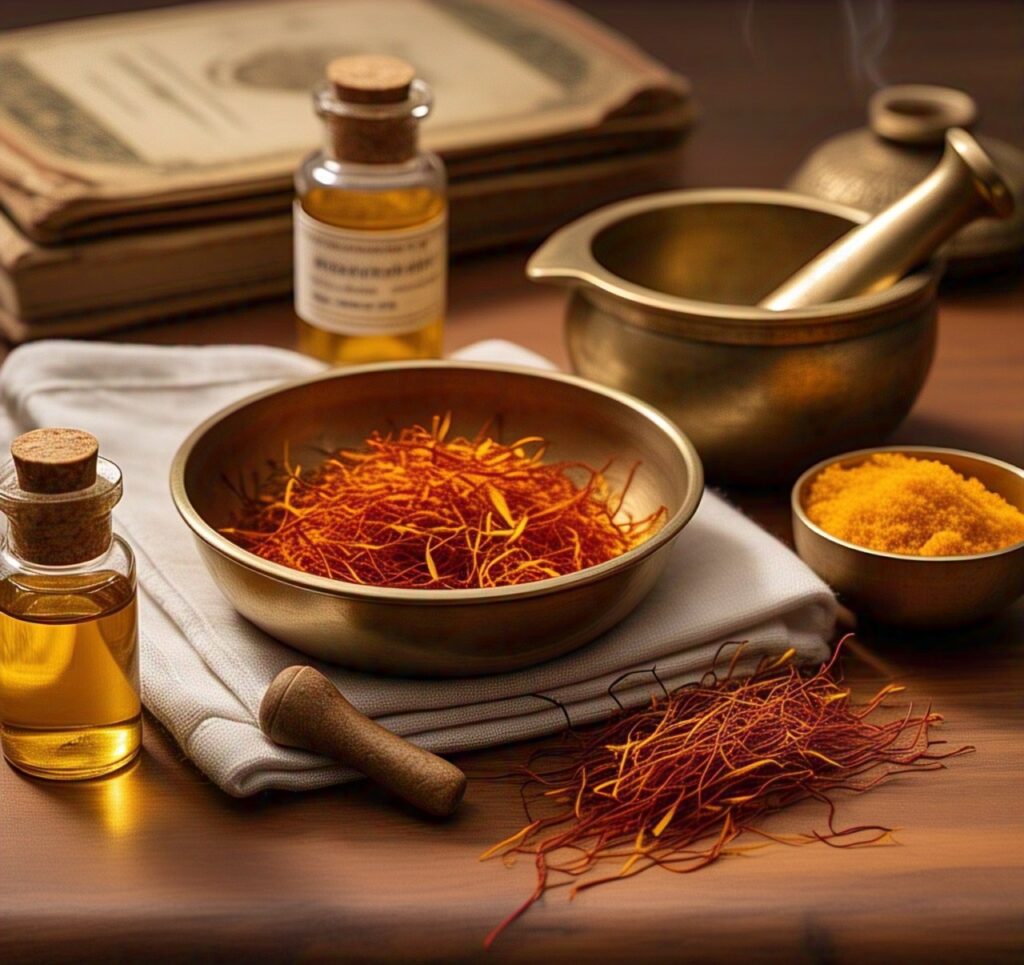
1. Mood Enhancer and Natural Antidepressant
Saffron has been shown to increase levels of serotonin in the brain. According to a study published in the Journal of Ethnopharmacology, saffron was as effective as Prozac in treating mild-to-moderate depression.
2. Antioxidant Powerhouse
Saffron contains crocin, safranal, and kaempferol, all potent antioxidants that help protect cells from oxidative stress and inflammation.
3. Improved Vision
Research suggests saffron may slow macular degeneration and improve eyesight in aging populations.
4. PMS and Menstrual Relief
Saffron is traditionally used to alleviate premenstrual syndrome (PMS) and cramping. A clinical trial found that just 30 mg/day significantly reduced PMS symptoms.
5. Appetite Control & Weight Management
Saffron extract has been linked to reduced snacking and cravings, aiding weight control.
Culinary Uses: More Than Just Biryani
Saffron adds a rich golden hue, unique aroma, and nuanced flavor to both sweet and savory dishes. A little goes a long way!
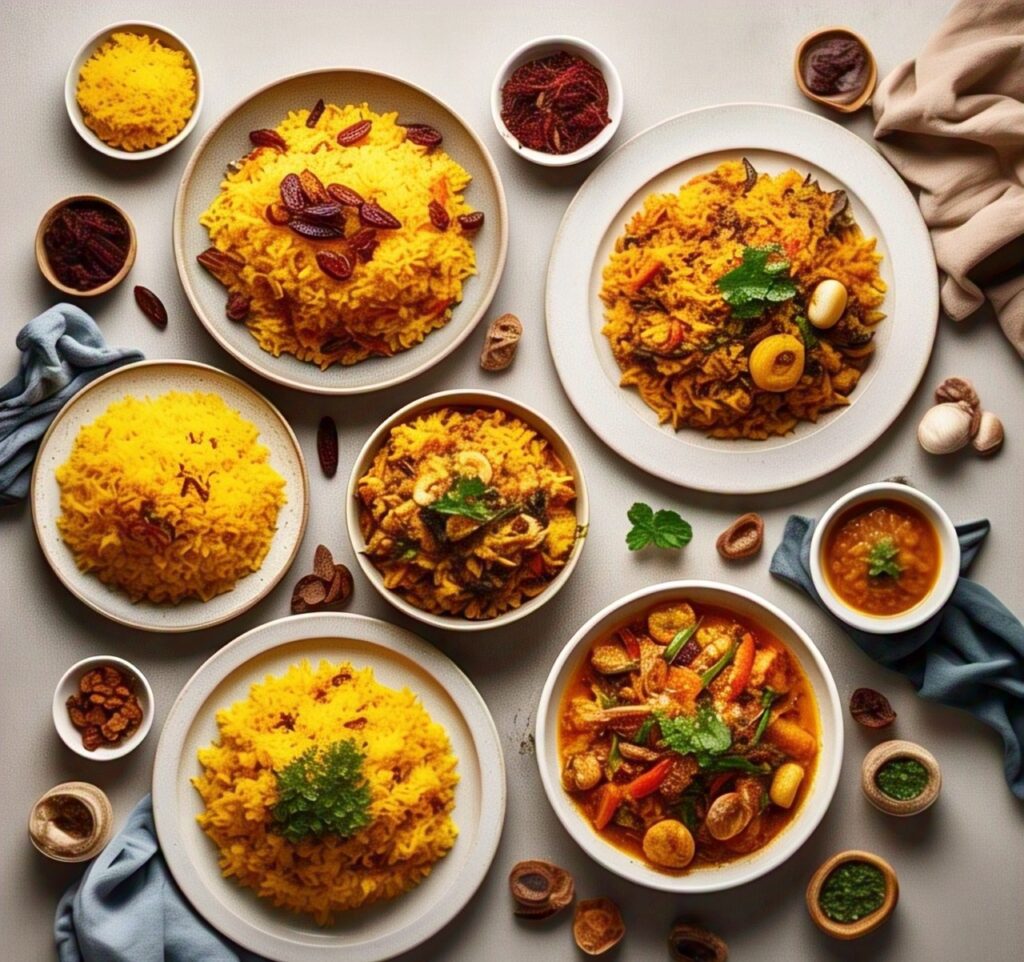
🌍 Global Dishes Featuring Saffron:
- India: Saffron-infused biryani, kheer, and laddu
- Persia (Iran): Saffron rice (Tahdig), saffron tea, and ice cream
- Spain: Paella Valenciana
- France: Bouillabaisse (seafood stew)
- Italy: Risotto alla Milanese
👩🍳 How to Use It Right:
- Always soak a few threads in warm water or milk for 10–20 minutes before adding to dishes.
- Avoid direct frying or high heat to retain aroma and nutrients.
- Pair with ingredients like cardamom, almonds, or rose water for amplified flavor.
Saffron in Traditional & Modern Medicine
Ayurveda:
Saffron is known as Kumkuma in Ayurveda and is believed to balance the Vata and Kapha doshas. It is used in:
- Skin-enhancing face masks
- Herbal elixirs to boost fertility
- Digestive tonics
Unani & Chinese Medicine:
Saffron is used for:
- Heart health
- Liver detox
- Blood purification
Modern Formulations:
Today, saffron is available in:
- Capsules for mood support
- Serums and creams for skin brightening
- Herbal teas and wellness blends
The Price Tag: Is It Worth It?
Saffron can cost anywhere between $500 to $5,000 per pound, depending on origin and purity. But since just a pinch is used at a time, a gram can last months for an average household.
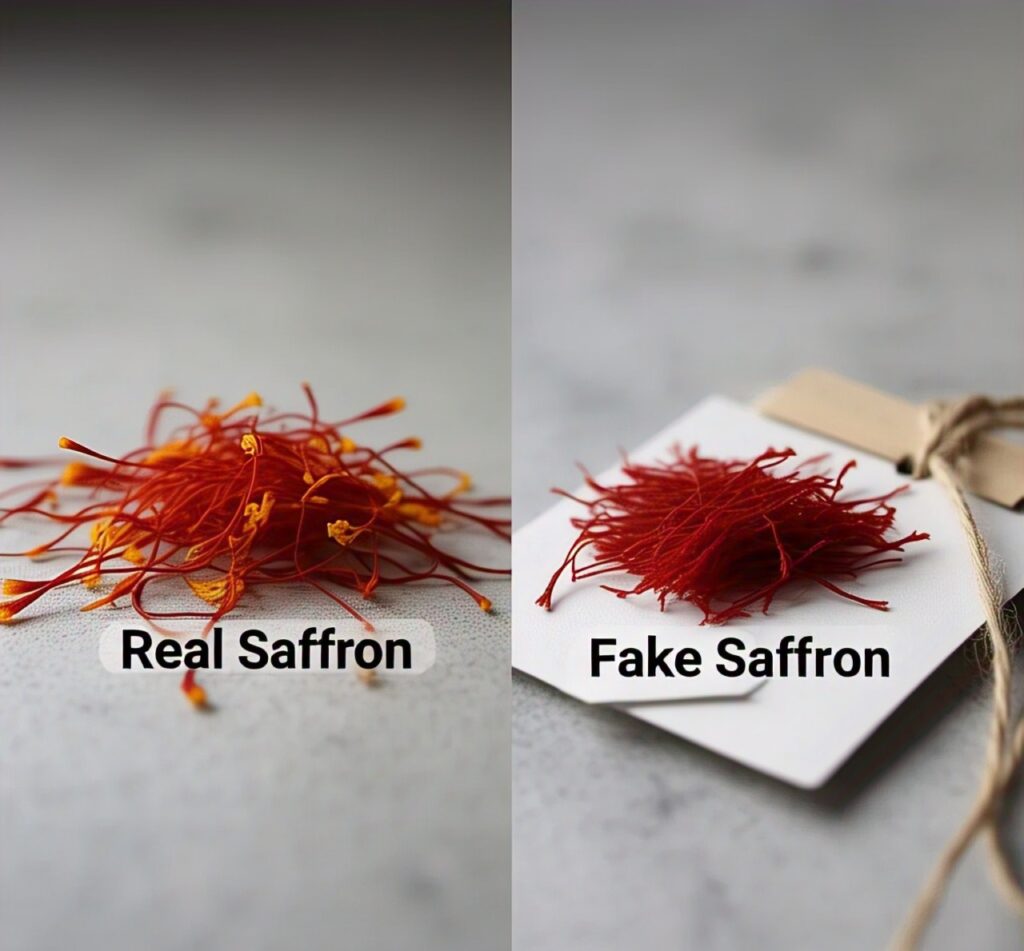
When you compare its culinary, medicinal, and cosmetic benefits, saffron offers a remarkable return on investment for wellness enthusiasts.
Personal Story: My Journey with Saffron
I started using saffron when I struggled with postpartum mood swings. A friend suggested saffron milk. Skeptical but curious, I added a few strands to warm almond milk with honey. Within a week, my sleep improved, and I felt emotionally lighter.
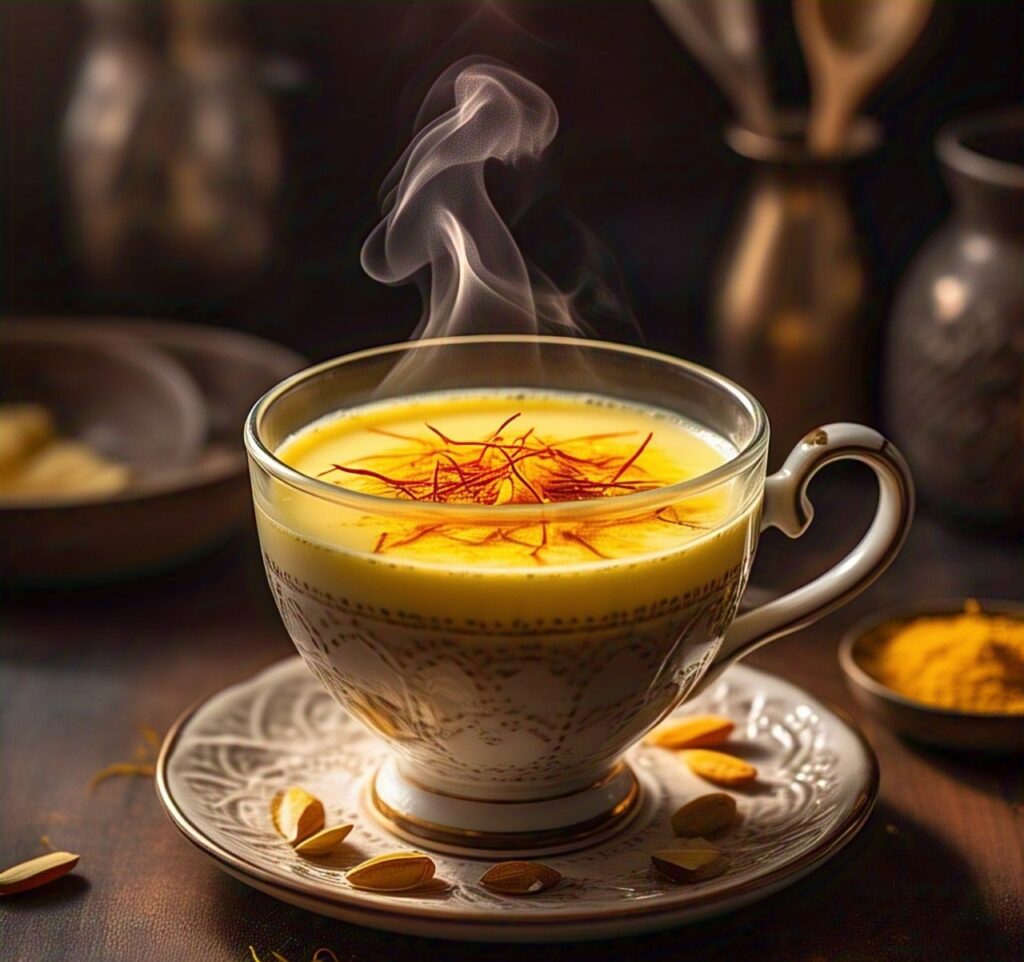
That tiny thread brought a subtle, yet profound, shift. Since then, it’s been part of my daily routine—from Sunday biryani to DIY skincare.
Quick Tips for Buying & Storing Saffron
- Buy from trusted sources with certifications like ISO 3632.
- Store in an airtight container, away from light and moisture.
- Avoid buying powdered saffron, as it’s more likely to be adulterated.
Fun Facts About Saffron
- Cleopatra reportedly used saffron in her bath for glowing skin.
- Saffron was once worth more than gold by weight in ancient markets.
- In festivals like Nowruz and Navratri, saffron symbolizes purity and light.
Final Thoughts: Saffron as a Lifestyle Ingredient
In a world flooded with wellness fads, saffron stands timeless—rooted in tradition, backed by science, and celebrated for its versatility.
Whether you’re looking to elevate your meals, boost your health, or indulge in some royal self-care, saffron offers a golden thread to weave through your lifestyle.
🌟 Call-to-Action
Have you tried saffron in your cooking or wellness routine? Share your favorite saffron recipe or ritual in the comments below.
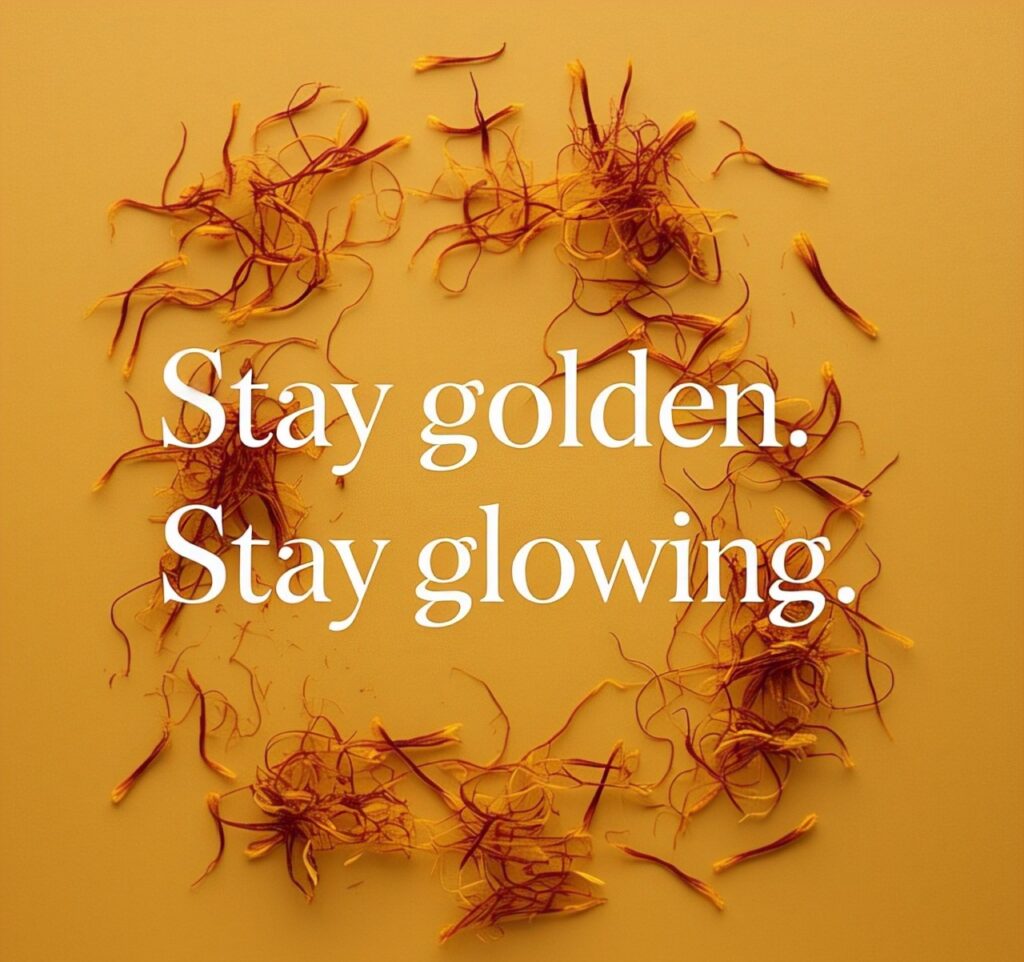
Or better yet—explore our curated collection of authentic saffron products [here]!
Stay golden, stay glowing.





